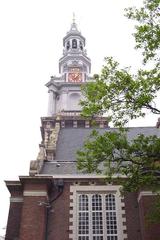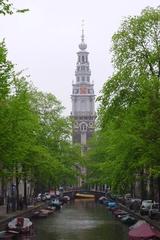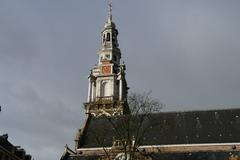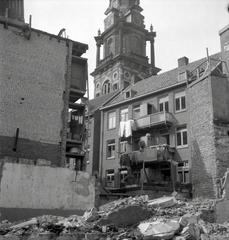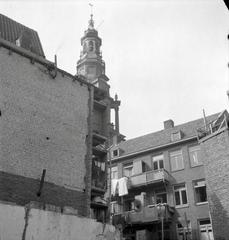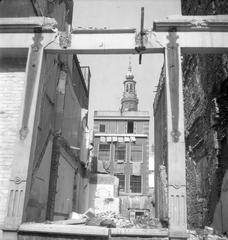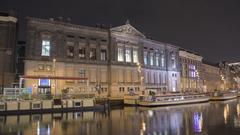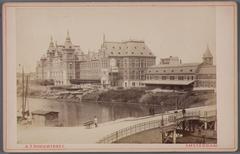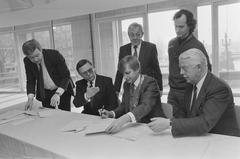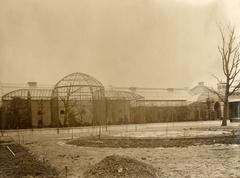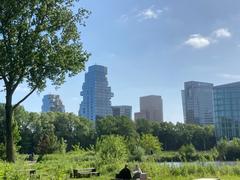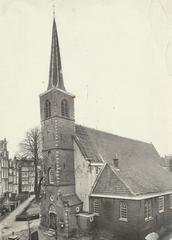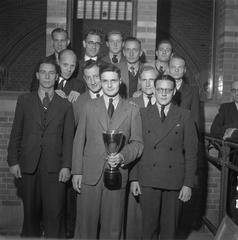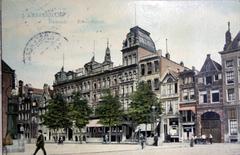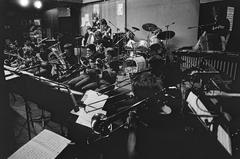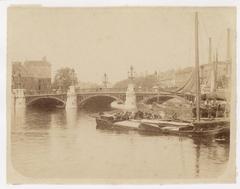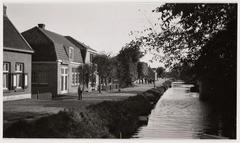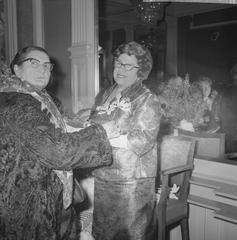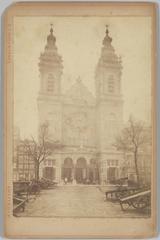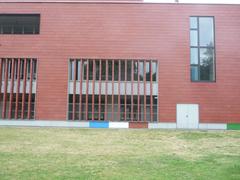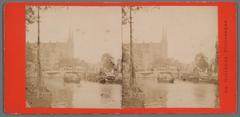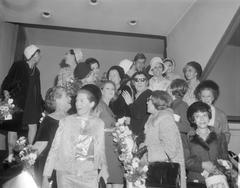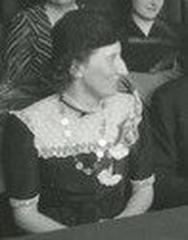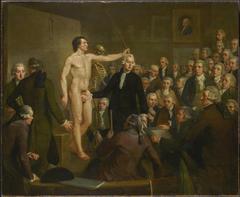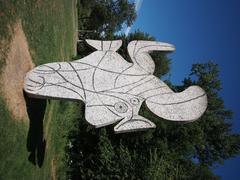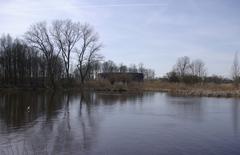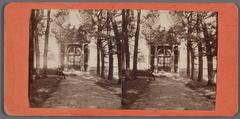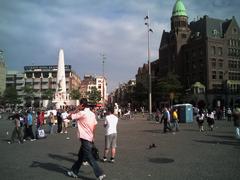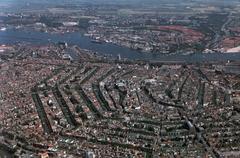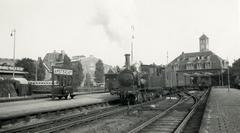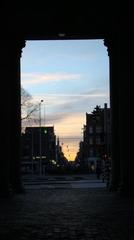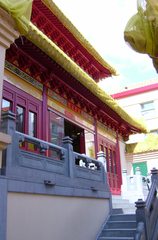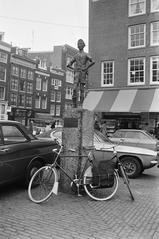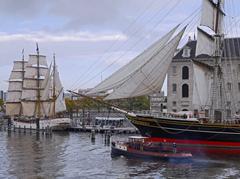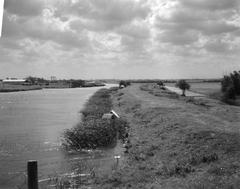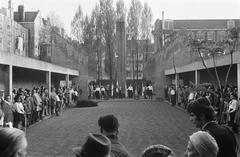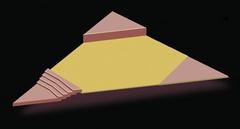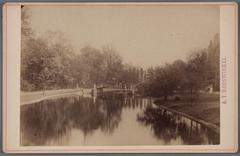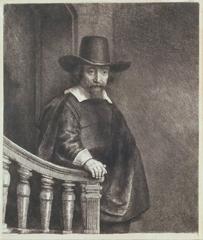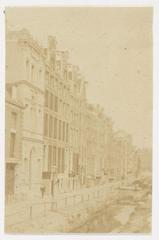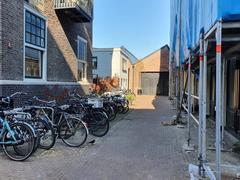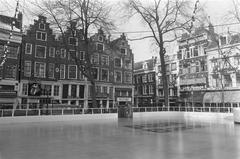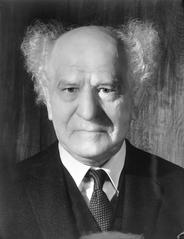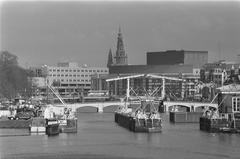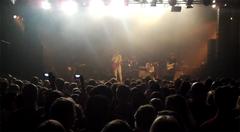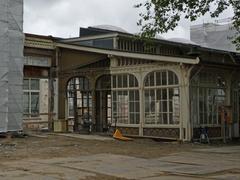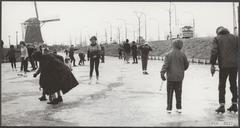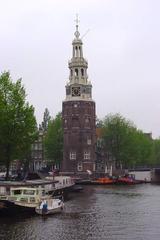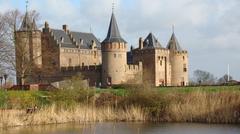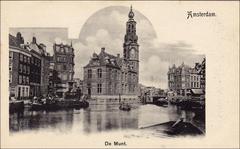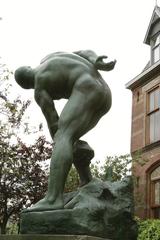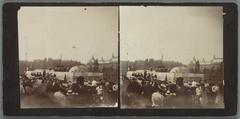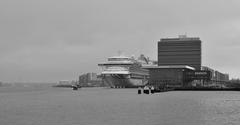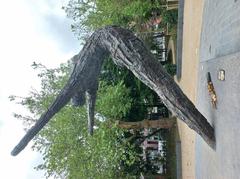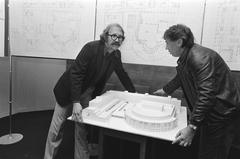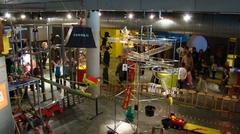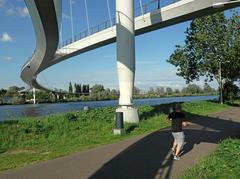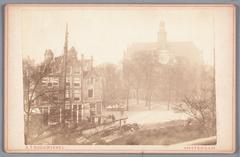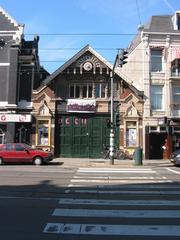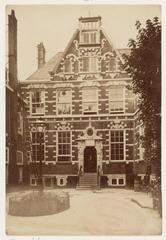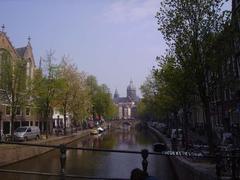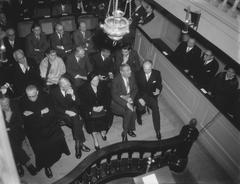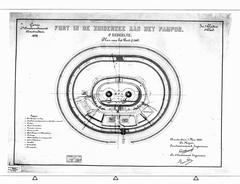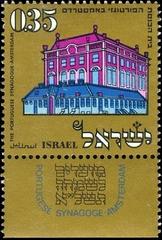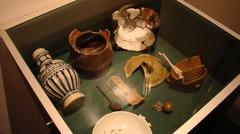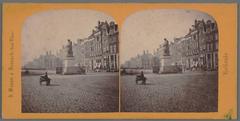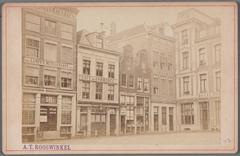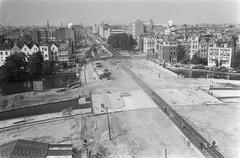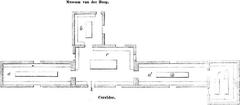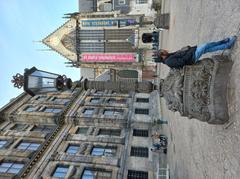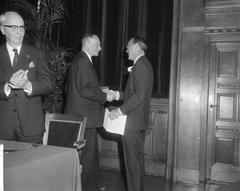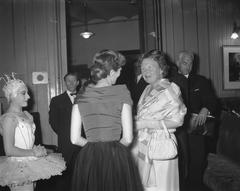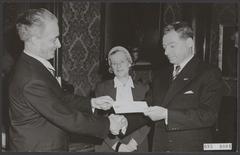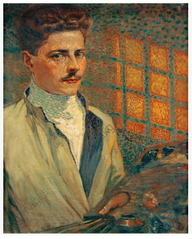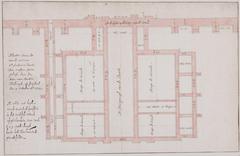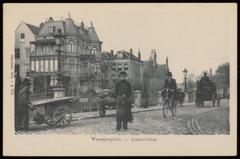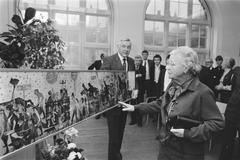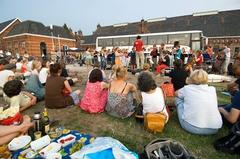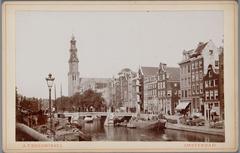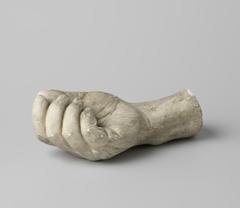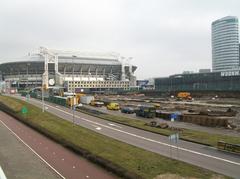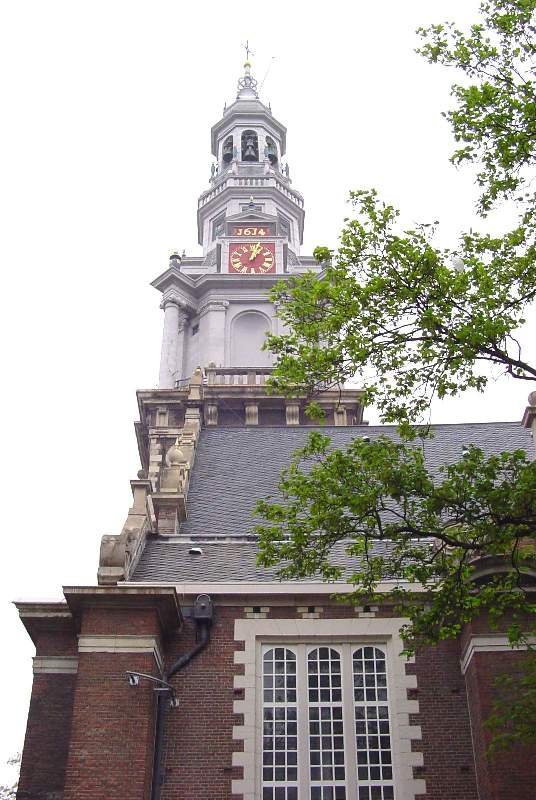
Zuiderkerk Visiting Hours, Tickets, and Amsterdam Historical Sites Guide
Date: 14/06/2025
Introduction: The Significance of Zuiderkerk in Amsterdam
Nestled in Amsterdam’s historic heart, Zuiderkerk stands as a monument to the city’s religious transformation, architectural innovation, and vibrant cultural life. Built between 1603 and 1611 by the renowned architect Hendrick de Keyser, Zuiderkerk was the first church in Amsterdam constructed exclusively for Protestant worship, symbolizing a significant shift during the Dutch Golden Age (SpottingHistory; Amsterdamian; amsterdamsights.com). Its striking Amsterdam Renaissance design, crowned by a soaring spire, dominates the Nieuwmarkt skyline and offers visitors a compelling glimpse into 17th-century artistry and city planning.
Beyond its architectural prowess, Zuiderkerk has served as a pivotal landmark in Amsterdam’s social and cultural history. The church is the final resting place for Rembrandt’s children and his pupil Ferdinand Bol, while its tower houses a renowned 17th-century carillon by the Hemony brothers, whose bells still grace the city with their sound. The church’s story is interwoven with Amsterdam’s triumphs and tragedies, including its use as a temporary morgue during the Hunger Winter of WWII (Evendo; Wikipedia).
Today, Zuiderkerk is a vibrant cultural venue, hosting exhibitions, concerts, and public events. Its tower provides panoramic views of Amsterdam’s historic core during the summer months. This guide presents essential information on opening hours, tickets, accessibility, guided tours, and nearby attractions to help you plan a memorable visit to one of Amsterdam’s most cherished historical sites (Hip Travel Guide; amsterdamsights.com).
Contents
- Introduction
- Origins and Construction
- Architectural Highlights and Tower
- Historical and Cultural Role
- Wartime History and Restoration
- Visiting Information
- Opening Hours
- Tickets
- Accessibility
- Guided Tours
- Directions
- Nearby Attractions
- Frequently Asked Questions (FAQ)
- Visuals and Media
- Useful Links
- Conclusion
Origins and Construction (1603–1611)
Zuiderkerk, meaning “Southern Church,” was commissioned during a period of rapid urban growth after the Reformation. Designed by Hendrick de Keyser, the church is a hallmark of Amsterdam Renaissance architecture, combining Gothic and classical influences. As the first church in Amsterdam built for Protestant worship, Zuiderkerk marked a turning point in the city’s religious and civic identity (SpottingHistory; Hip Travel Guide).
Architectural Highlights and the Tower
The Zuiderkerk’s tower, completed in 1614, is a defining feature of Amsterdam’s skyline. Rising over 68 meters, the tower’s design includes a square stone base, an octagonal sandstone section, and a wooden, lead-covered spire. The church’s interior showcases a pseudo-basilica layout with Tuscan columns, timber barrel vaults, and distinctive rectangular windows—an innovation for its time (Amsterdamian; amsterdamsights.com).
A highlight of the tower is its 17th-century carillon by the Hemony brothers, featuring 36 bells famed for their clarity and musicality, which are played regularly and add to the church’s unique ambiance (Amsterdamian).
Historical and Cultural Role
Zuiderkerk played a central role in Amsterdam’s spiritual life for over three centuries. Its proximity to Rembrandt’s residence underscores its significance within the city’s creative and social circles. The church is the burial site of several of Rembrandt’s children and his famed pupil Ferdinand Bol, reflecting its importance among Amsterdam’s artistic elite (Evendo; Wikipedia).
Artists, including Claude Monet, have immortalized Zuiderkerk in their work, highlighting its enduring cultural resonance (Wikipedia). The church’s silhouette, especially from the Groenburgwal canal or the Staalmeestersbrug, is a favorite subject for photographers and painters alike.
Wartime History and Restoration
During WWII’s “Hunger Winter” of 1944–1945, Zuiderkerk served as a temporary morgue, bearing witness to the hardships faced by Amsterdam’s residents (Wikipedia). The church ceased regular services in 1929 and was closed in 1970 due to structural concerns. Following a meticulous restoration from 1976 to 1979, Zuiderkerk was repurposed as a municipal cultural and information center (SpottingHistory; Hip Travel Guide).
Visiting the Zuiderkerk: Practical Information
Opening Hours
- Church Hall: Typically open Monday to Saturday, 10:00 AM – 5:00 PM (hours may vary for holidays and events; always check the official website before visiting).
- Tower: Open April to September, with guided tours available Wednesday to Saturday, usually between 2 PM and 4 PM. Tours last about 45 minutes.
Tickets
- Church Admission: Free (donations appreciated).
- Tower Tour: Approximately €2 per person. Advance booking is recommended due to limited capacity.
Accessibility
- Church Hall: Fully accessible for wheelchair users.
- Tower: Not accessible to visitors with mobility challenges due to narrow, steep stairs.
Guided Tours
- Guided tours focus on the church’s history, architecture, and panoramic city views from the tower. Check the official website or local tour operators for availability and booking.
Directions
- Address: Zuiderkerkhof 72, Nieuwmarkt district, Amsterdam.
- Public Transport: Tram 14 (Waterlooplein stop), Metro lines 51, 53, and 54 (Nieuwmarkt station).
- Nearby Parking: Parkeergarage Stadhuis.
Nearby Attractions
- Rembrandt House Museum: Explore the former home of the iconic painter, just a short walk from Zuiderkerk.
- Nieuwmarkt Square: A lively hub for markets and festivals.
- Groenburgwal Canal: The Staalmeestersbrug (“Love Lock Bridge”) offers one of Amsterdam’s most picturesque photo opportunities of the Zuiderkerk tower.
- Amsterdam Canals: Enjoy scenic walks along the city’s famous waterways.
- Jewish Historical Museum: Delve into Amsterdam’s Jewish heritage nearby.
Frequently Asked Questions (FAQ)
What are Zuiderkerk’s opening hours?
10:00 AM–5:00 PM, Monday to Saturday. The tower is open for guided tours from April to September, Wednesday to Saturday, 2–4 PM.
Is there an entrance fee?
Church entry is free. Tower tours cost about €2.
Is Zuiderkerk wheelchair accessible?
The main hall is accessible; the tower is not due to stairs.
Are guided tours available?
Yes, especially during the summer months for the tower.
Can I take photos inside?
Handheld photography is permitted; tripods may not be allowed.
Visuals and Media
For a richer experience, explore official websites and tourism platforms for high-quality images, virtual tours, and maps. The classic view from Staalmeestersbrug is a must for photographers and was famously painted by Claude Monet (amsterdamsights.com, amsterdamforvisitors.com).
Useful Links
- Official Zuiderkerk Website
- SpottingHistory
- Amsterdamian
- amsterdamsights.com
- Hip Travel Guide
- Wikipedia
- Amsterdamian’s Zuiderkerk page
- Amsterdam city tourism portal
Conclusion
Zuiderkerk is much more than a historic church—it is a living symbol of Amsterdam’s enduring spirit, artistic legacy, and community vitality. Its Renaissance architecture, storied past, and active cultural programs make it a must-visit for anyone exploring the city. Take advantage of free entry, climb the tower for breathtaking views in summer, and immerse yourself in the exhibitions and events within its walls. With its central location, Zuiderkerk is the perfect starting point for a day of discovery in Amsterdam’s historic neighborhoods.
For the most current information, tickets, and guided tours, always refer to the official website or trusted tourism sources. Download the Audiala app for additional travel tips, interactive tours, and updates on Amsterdam’s top sites.
Start planning your unforgettable visit to Zuiderkerk today!
